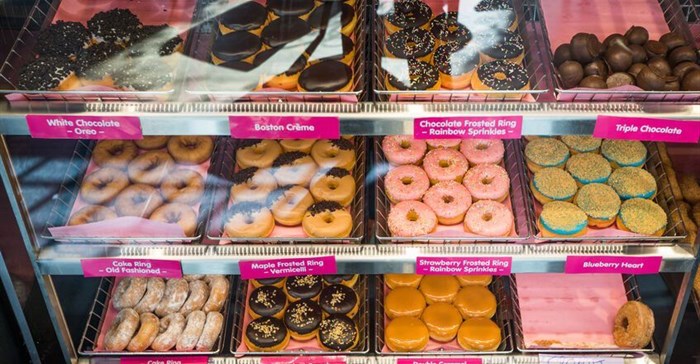"Headline inflation was up 5.0% year-on-year in September, from 4.9 year-on-year in August, slightly below our expectation of 5.1%," says Koketso Mano, FNB Economist.

Source: ©Kasper Nymann
123rfHeadline inflation increased by 0.2% month -on-month, explained entirely by core inflation (particularly services).
Core inflation
Core inflation increased by 3.2% year-on-year, from 3.1% year-on-year in August, and 0.3% month-on-month.
"Major contributions were from housing (which increased 0.6% month-on-month and 1.2% year-on-year, contributing 0.12ppt to the monthly pressure) and public transport (up 2.1% month-on-month and 6.7% year-on-year, adding 0.06ppt)," says Mano.
Fuel inflation
Fuel inflation continued accelerating from 15.2% year-on-year in July and 19.6% year-on-year in August to 19.9% year-on-year in September. The 4c per litre fuel price hike in September translated to 0.1% month-on-month fuel inflation.
Food and NAB inflation
Food and non-alcoholic beverages (NAB) inflation increased by 6.6% year-on-year, from 6.9% year-on-year previously, and had no monthly pressure.
"The subcategory that provided considerable upward pressure were sugar, sweets and desserts (up 1.7% month-on-month and 5.8% year-on-year, contributing 0.06ppt to the monthly pressure in food) but this was largely countered by meat (-0.2% month-on-month and 10.3% year-on-year, shaving off 0.08ppt from the monthly pressure in food)," explains Mano.
Goods inflation
While goods inflation lifted promptly following the improved mobility resulting from easier lockdown restrictions, services inflation is yet to normalise.
Total goods inflation was up 7.1% year-on-year, with services higher by only 2.9% year-on-year. It is still important to note that total goods were lifted by volatile items such as food and fuel, while core goods remain below 4.5% and have decelerated since May.
Outlook
"With today’s print informing our update, we project headline inflation at 4.9% in October and 4.5% on average for 2021," says Mano.
The current average is 4.2% with only one quarter of data missing, and it is mostly pressure from fuel that will lift headline inflation going forward.
Petrol prices (95 unleaded) decreased by 1c per litre in October but with a half a month of data, November fuel prices look set to increase by nearly R1 per litre, suggesting further upward pressure on fuel inflation.
Core inflation should remain closer to 3%, with no major surveys until the next housing print in December.
Food inflation should decelerate from current levels, ending the year closer to 4.5%.
Supply disruptions, energy shortages and elevated transportation costs remain major risks to our near-term inflation forecast.
"Vaccinations and higher mobility should also lift services inflation, but this could be limited by slow improvement in the labour market and consumer confidence," Mano adds.







































